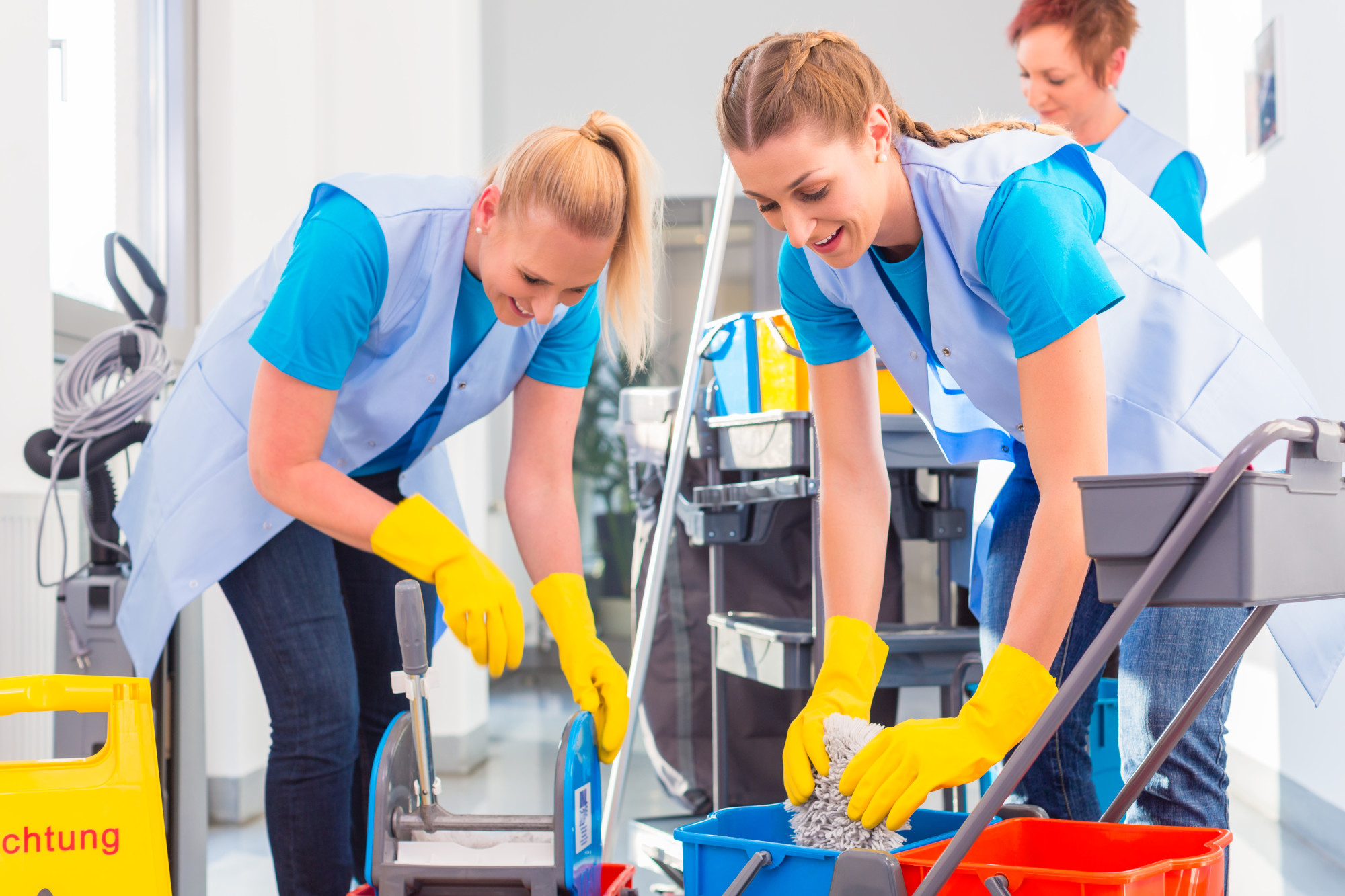Pressure cleaning, also known as power washing, is a highly effective method for removing dirt, grime, mold, and other stubborn stains from various surfaces. Whether you’re tackling your home’s exterior, driveway, or patio, pressure cleaning can restore surfaces to their original condition with minimal effort. In this comprehensive guide, we’ll explore the benefits of pressure cleaning, the best practices to follow, and some handy tips to get the most out of your cleaning sessions.One of the primary advantages of pressure cleaning is its efficiency. Unlike traditional cleaning methods, which often require scrubbing and harsh chemicals, pressure cleaning uses high-pressure water to blast away contaminants. This not only saves time but also reduces the need for chemical cleaners, making it an environmentally friendly option.Here are some key benefits of pressure cleaning:
- Enhances curb appeal: A clean exterior can significantly improve the appearance of your home or business.
- Prevents damage: Removing mold, mildew, and algae can prevent long-term damage to surfaces.
- Increases property value: Regular maintenance, including pressure cleaning, can boost your property’s market value.
- Saves money: By preventing costly repairs, pressure cleaning can be a cost-effective solution in the long run.
To achieve the best results with pressure cleaning, it’s important to follow some best practices. First, always choose the right pressure setting for the surface you’re cleaning. High pressure is great for concrete and brick, but it can damage softer materials like wood or vinyl siding. Second, use the appropriate cleaning solutions when necessary. While water alone can often do the job, some stains may require specialized detergents.
Here’s a step-by-step guide to pressure cleaning:
- Inspect the area: Look for any cracks, loose paint, or other damage that could be worsened by high-pressure water.
- Prepare the surface: Remove loose debris and pre-treat stubborn stains with a suitable cleaner.
- Adjust the pressure: Set the pressure washer to the appropriate level for the surface.
- Start cleaning: Work from top to bottom and keep the nozzle at a consistent distance from the surface.
- Rinse thoroughly: Ensure all cleaning solutions and loosened debris are completely washed away.
Pressure cleaning is not without its challenges. One common mistake is using too much pressure, which can etch concrete or strip paint. Another is neglecting safety precautions, such as wearing protective gear or ensuring proper ventilation when using chemicals. Always read the manufacturer’s instructions and take necessary safety measures.For those who prefer a DIY approach, renting or purchasing a pressure washer is a viable option. However, hiring a professional can save time and ensure the job is done correctly, especially for larger or more complex projects. Professionals have the expertise and equipment to handle tough jobs safely and efficiently.In conclusion, pressure cleaning is a powerful tool for maintaining and enhancing your property. By understanding its benefits, following best practices, and avoiding common pitfalls, you can achieve outstanding results. Whether you choose to DIY or hire a professional, regular pressure cleaning can keep your surfaces looking their best for years to come.

